Networking & Content Delivery
Estimating radio coverage for your network with AWS Private 5G
Introduction
In this blog, we will walk you through estimating the number of AWS Private 5G radio units needed to meet coverage and capacity requirements for your various use cases. AWS Private 5G provides a radio frequency (RF) estimator to help customers determine the number of units required. The AWS Private 5G RF estimator uses our customers’ feedback, actual site testing, and RF patterns when calculating its recommendation. This blog will dive into how the AWS Events Team used AWS Private 5G RF estimator at re:invent 2022. As an AWS customers, you can leverage the insights from this blog when using this estimator to determine the number or radio units needed for your specific site requirements.
Radio unit basics
An AWS Private 5G radio unit is an integrated radio and antenna, as shown in figure 1.
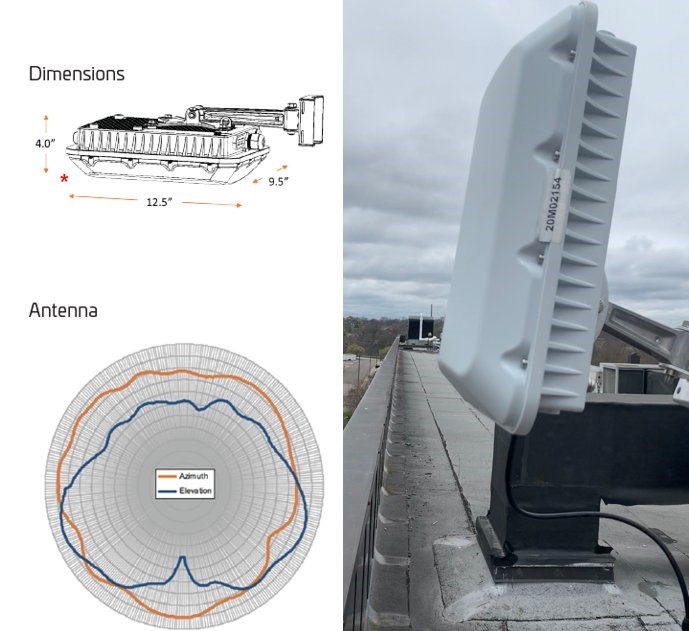
Figure 1: Radio Unit dimensions, radiation patterns, and actual image
Radio testing approach
To make sure of optimal coverage, proper installation of the radio units in the correct locations with the appropriate antenna orientation is required. The AWS Private 5G RF estimator accounts for the radio unit’s power of about 1 watt (or about 30dBi) and the minimum acceptable signal level of -115dBm Reference Signal Received Power (RSRP), which is equivalent to roughly two bars on a typical smartphone. The following Indoors and Outdoors sections are testing example with 1 watt and a -115dBm or better RSRP as a reference measured at the user equipment (UE).
Indoors
It’s common practice to mount the radio units on the ceiling in an indoor office setting. However, the coverage achieved through radio unit placement can be affected by various factors, such as the height of the office ceiling, type of building materials used, and the radio unit location in the facility. These variables must be considered when determining the best placement for the radio units to achieve the desired coverage.
AWS Private 5G helped test coverage at a customer’s office. When testing in an office layout as shown in figure 2, a presence of 12-foot ceilings and a high concentration of metal and concrete, two radio-units (purple ovals with “RU”) are required to cover an area of 32,000 square feet.
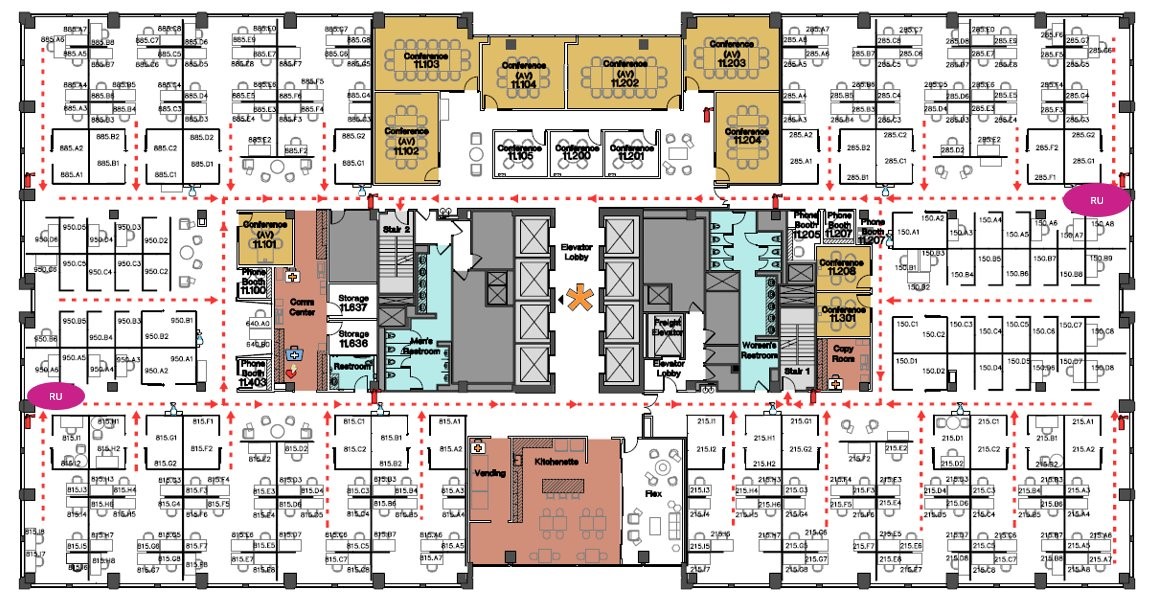
Figure 2: Two radio units for indoor office coverage
However, in the following testing, as shown in Figure 3, with 24-foot ceilings and fewer metal and concrete obstacles, a single radio unit can cover an area of 38,000 square feet.

Figure 3: One radio unit for indoor office coverage
The previous two test examples highlight the importance of considering building materials and ceiling heights when determining the placement and number of radio units needed to achieve the desired coverage.
Outdoors
Radio unit coverage range changes with outdoor environments as well. A much larger range was achieved with near line-of-sight conditions and proper radio unit placement. In figure 4, the range of 1125 feet was reached with the radio unit mounted at a height of 45 feet above the ground.

Figure 4: One radio unit outdoors with light obstructions
In figure 5, a range of 1393 feet was achieved under the same height conditions. Look at the path that the white measurement line takes on the left where the coverage radiates through more metal structures with higher attenuation than figure 4. These tests highlight the importance of considering line-of-sight, attenuation factors, and radio unit placement in determining the achievable coverage.
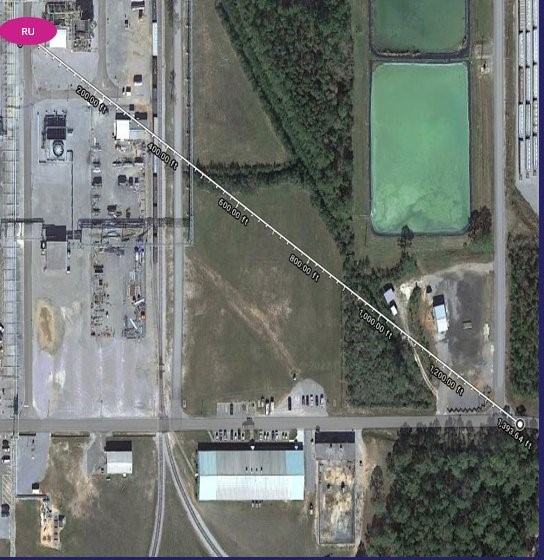
Figure 5: One radio unit outdoors with medium obstructions
Additionally, the range achieved by the radio unit can be different depending if the UE is mounted inside a structure or outside. In figure 6, a range of 1006 feet was possible inside a cinderblock building.

Figure 6: One radio unit outdoors with UE inside building
AWS Private 5G allows for radio units to be placed at high elevations, taking advantage of existing structures to maximize reach. In figure 7, the radio unit was placed at a height of 120 feet with nearly a clear line-of-sight, that achieved a range of 1507 feet.
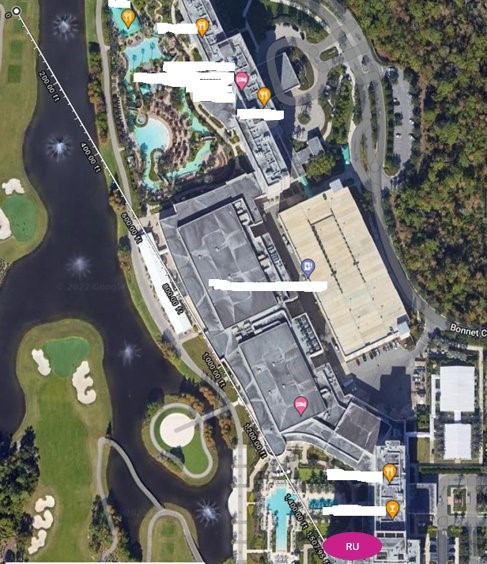
Figure 7: One radio unit, UE high elevation outdoors
Figure 8 highlights the potential achievable range with the use of specialized AWS Private 5G qualified user equipment (UE). In this case, a high-gain gateway UE was used for the test, and we achieved a recorded range of 5,179 feet with line-of-sight. This test shows the impact of using a specialized UE on extending the usable signal range from the radio unit:
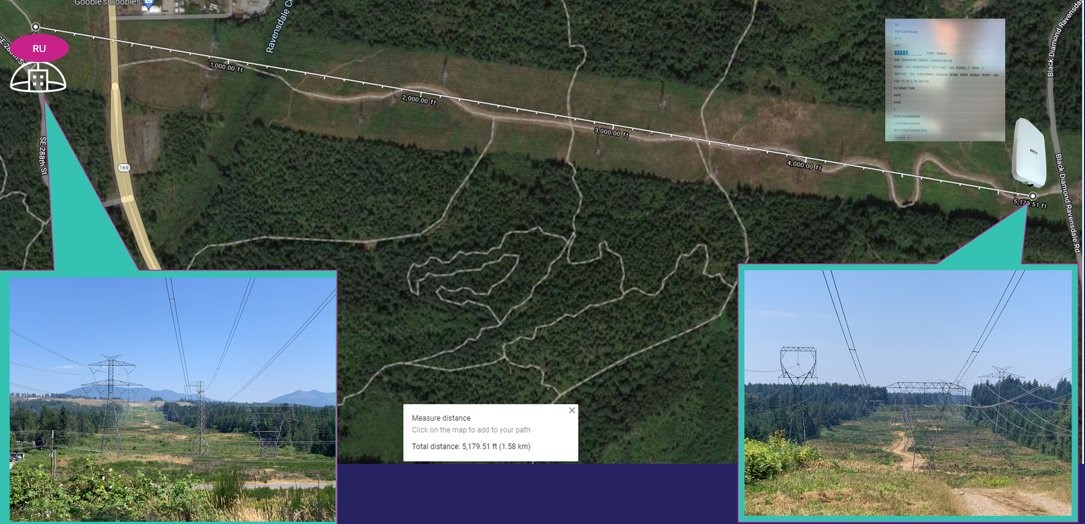
Figure 8: Long range coverage test
Common RF consideration
The AWS Private 5G RF estimator provides a starting point for understanding basic propagation distance, and it helps users make informed decisions about the number of radio units needed for their facility. Although it can’t account for all potential interference, obstacles, and other attenuation factors, it provides a solid foundation for ordering and assessing the site where the radio units will be deployed. Additionally, the AWS Private 5G RF estimator considers handovers, which refers to the seamless transition of a user device from one radio unit to another. This makes sure of a smooth and uninterrupted connection for the user.
re:Invent 2022 case study
The AWS Private 5G RF estimator was used at re:Invent 2022 to assist with ordering, making it even easier for re:Invent team to utilize the benefits of private 5G networks. The AWS Private 5G RF estimator determined the number of radio units needed in different areas of the Venetian Keynote and Expo Hall, Caesars Forum, and the Plaza. In figure 9, radio units were placed indoors and outdoors to provide continuous coverage throughout the target event space based on the planning of the re:Invent 2022 service team.
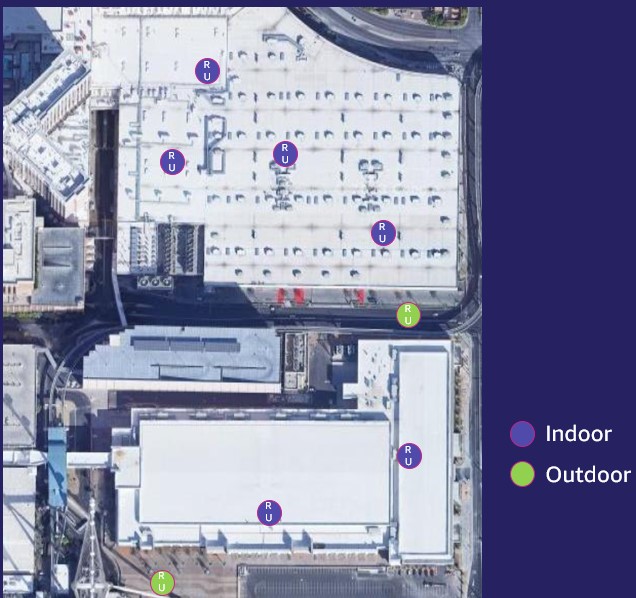
Figure 9: re:Invent 2022 radio unit placements, both indoors and outdoors
In Figure 10, using an application on a mobile phone would confirm that the quantity of the radio units that had been ordered with the help of the AWS Private 5G RF estimator was successful.

Figure 10: re:Invent 2022 AWS Private 5G signal coverage checking of the serving radio unit (top dial with -75 RSRP) and neighboring radio unit (bottom dial with -124 RSRP)
Placing an order using RF estimator
Once you’ve set up your AWS Private 5G Network and Site in the AWS Console, and are on the ordering screen, you can use the estimator by selecting the Launch estimator button:

Using the AWS Private 5G RF estimator, you enter the basic information as shown here:

NOTE: Due to the mix of indoor and outdoor requirements at re:Invent 2022 and the indoor high-ceiling mounting used, the Outdoor facility type was selected.
Now the results of the AWS Private 5G RF estimator with radio units and SIMs are displayed:

Next, continue by checking the costs box and then selecting Populate order form with estimates.
NOTE: AWS Private 5G RF estimator assumes a radio unit height of 18 feet and the UE type of a typical smartphone.
Conclusion
The AWS Private 5G RF estimator makes it possible to plan and order the number of radio units required for your connectivity needs, whether they are indoor, outdoor, or both. By using real-world and verified measurements, the tool provides an accurate estimation of the coverage requirements for your site. This tool eliminates the need for complex and time-consuming RF planning cycles, which makes it easier to deploy your private network quickly and efficiently. The tool is now integrated into the ordering process from the AWS Private 5G console, making it simple and convenient to use. To get started with AWS Private 5G start go to the AWS Private 5G product page.
